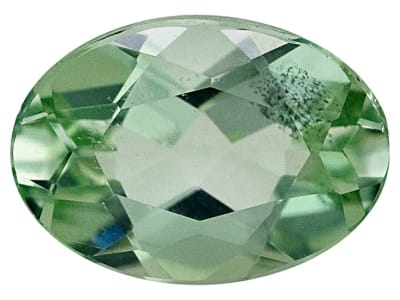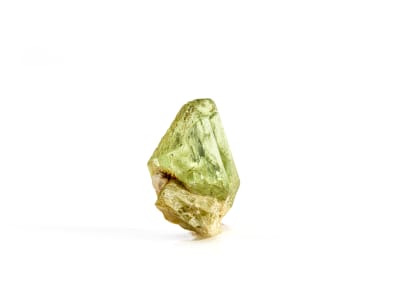Shanseres® is a variety of diopside. The stone is related to chrome diopside, but unlike chrome diopside, it does not derive its color from chromium. Shanseres® is a single source gemstone mined at the border of Northern China and Southern Russia in a very remote area known as Yakutsk, Siberia along the old silk road. The name Shanseres® is derived from “Shan”-a Chinese word meaning mountain and “seres”-a derivative of the Chinese word for silk.
General Information
LWUV: Inert to green
Shanseres Colors
-
 Black
Black -
 Brown
Brown -
 Colorless
Colorless -
 Gray
Gray -
 Green
Green -
 Green
Green -
 White
White -
 Yellow
Yellow
Alternate Names
Diopside
Countries of Origin
Russian Federation; Pakistan; Unknown; China
Care
Diopside is moderately soft, so be mindful of scratching. Avoid abrasives and solvents.
More About Shanseres
Shanseres® has been called the “crying gemstone,” because crystal healers believe it can be used to heal trauma by bring forth cleansing tears. It has also been promoted to bring creativity to the wearer and is said to be related to love and commitment. Alternative-medicine practitioners say that when worn close to the chest (such as a pendant), the stone can benefit the heart, lungs, and circulation.

